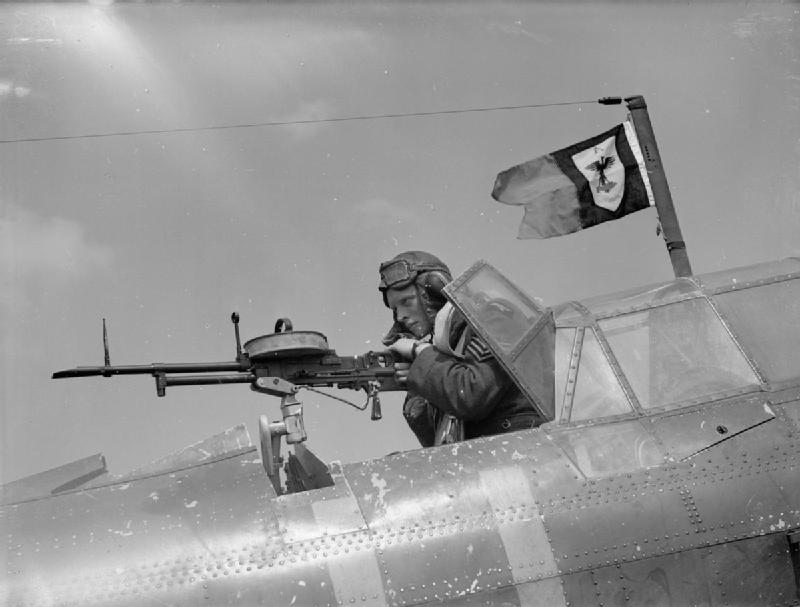When I played Andy Grainger’s A Month in Country I immediately thought of some of the parallels with the Revolutionary Warfare (RW) game that I have run myself a couple of times, although with only a few players. I would particularly like to re-do my Palestine game as the players I ended up with (well one player in particular) didn’t give me the sort of game that I was expecting as they couldn’t cope with the whole concept of the role that they were given. (I won’t name names, but those that were there know who I am talking about – the British Governor wanted to hold elections for a PR power sharing assembly between the Palestinians and the Jews).
Anyway, the concept I was playing with was similar to Andy’s but played on a slightly larger scale. At the time of design I had been toying with the idea of producing ‘Lion Comes Home’ as a megagame and the RW module had to work very smoothly. It is essentially one sided, there would be a small group of roving revolutionaries that would start a new revolution when their current one had been crushed, or at a point determined by the political control team. I haven’t completely shelved LCH, but development has stalled over the last couple of years. Anyway I’m not volunteering something like this as a megagame until I’ve written it all.
In the RW module the resolution is at province level, in the Palestine tryout there were 16 provinces. This could be too low for a megagame but I didn’t want governments suddenly losing control of entire colonies as that just didn’t happen historically. The Government players would set the rules of engagement and the alert levels for the police forces and any military units in the colony.
Each province has an unrest level that can be affected by the actions of both the government and the revolutionaries. If the revolutionaries are successful (or the government inept) then the tension levels can escalate from content to ungovernable via stable, unrest & tense.
The forces of revolution will normally start out with a small amount of support to get them going. They can gain support from the effects of their actions. They also use up support to perform actions as there is only so much support that can be called upon at any time. Revolutionaries may espouse peaceful or military action or a combination of both. At different stages of the revolution different strategies will reap the best rewards in increased tension levels and the downfall of the government. The stages of revolution are broadly:
1.Raising Awareness: getting the people to realise that there is a problem with the government and that they can help to change this;
2.Low Intensity Struggle: starting to make small demonstrations against the government and perhaps attacking key figures or installations;
3.High Intensity Struggle: making the country ungovernable and forcing the government to make concessions to the revolution;
4.Open warfare: becoming a government and opposing the old regime openly to ensure its downfall.
In Andy’s game the revolutionaries are somewhere between stages 2 & 3 depending on where they are in the country. Some parts are probably even in stage 4.
The role of the government is not a purely reactionary one, it is possible to be proactive and prevent terrorism before it has any great effect. The setting is such that there will be an overall political framework to be worked within and the government players will represent the colonial governor and possibly the garrison commander. There may also be scope for the home government to become involved in solving problems. For the purposes of a tryout I would either play it one-sided (more accurately with several revolutionary factions) or have a couple of reliable players to play the local governor and military commander.
 Government actions are determined on a matrix of the current alert state and the general intention of the active units under command. Each police district and company sized unit can be given an intention and an area of responsibility. Doctrine for dealing with internal trouble is of police primacy unless a state of emergency has been declared. Declaration of a state of emergency is not something that should be done lightly, and certainly not before the police have lost the ability to deal with the situation.
 Anyway if there is sufficient interest, and the dates are finalized early enough to let me book cheap flights, I could run this at the Games Weekend. It would need five or six players and would take about three hours all told. If interest was very high I could even run two simultaneous colonial engagements. I would also like to do a design session on modeling opinion polls and elections.
Like this:
Like Loading...

































